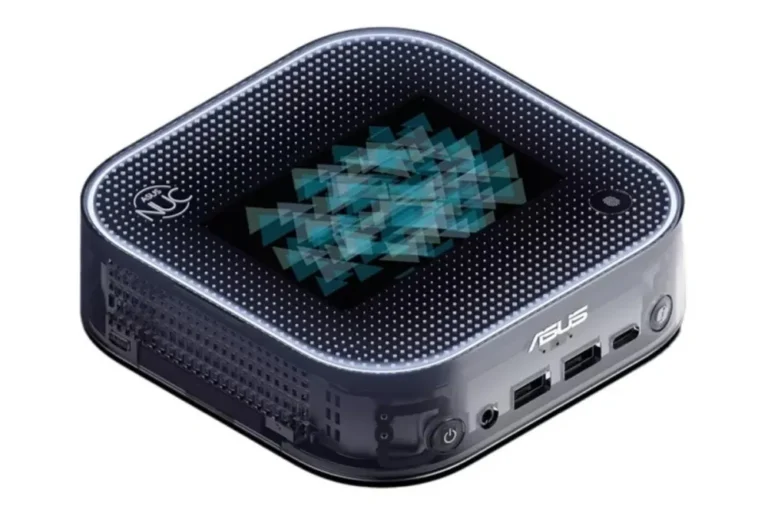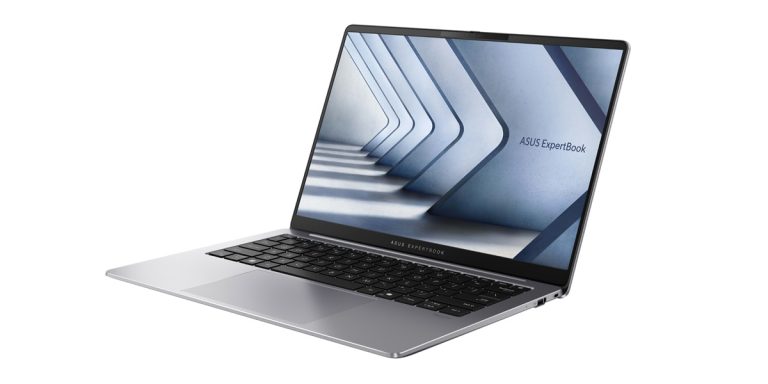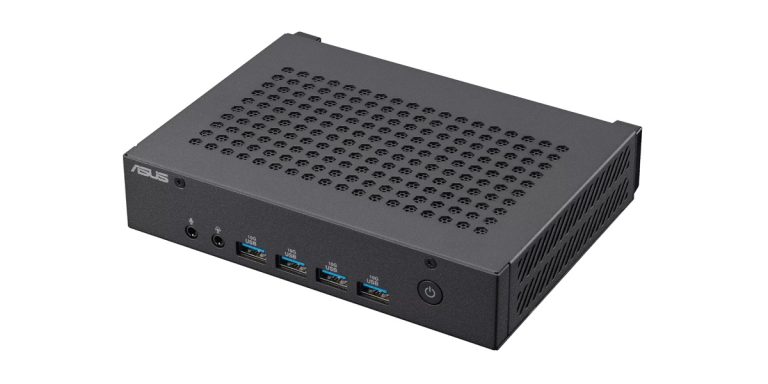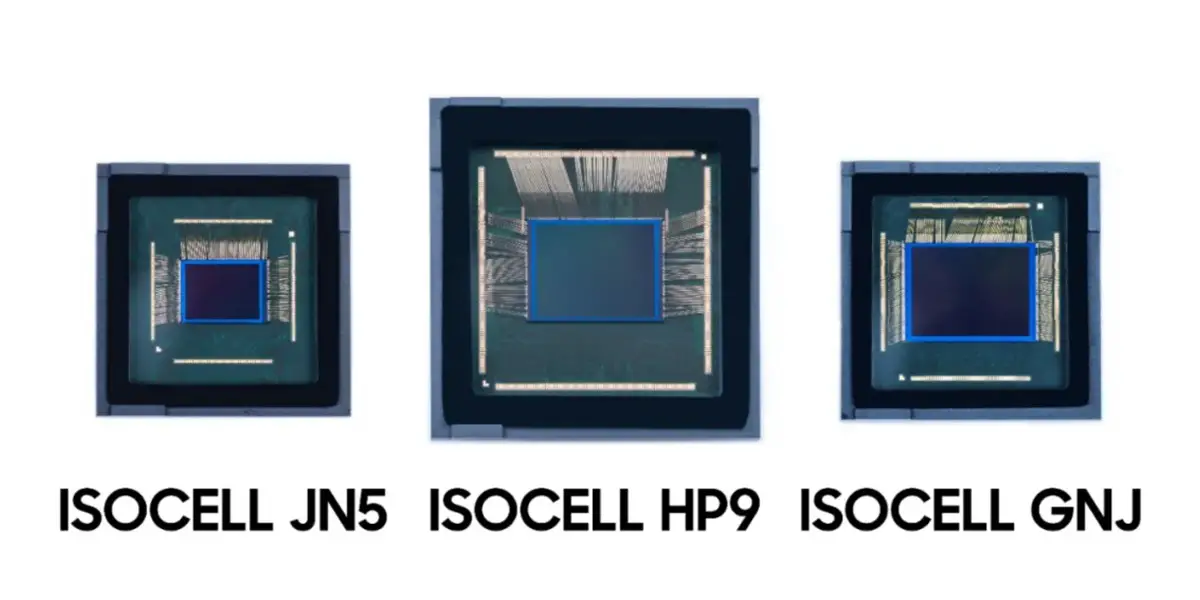
Samsung has announced the launch of three new mobile image sensors designed for the primary and secondary cameras of smartphones, including the ISOCELL HP9, ISOCELL GNJ, and ISOCELL JN5. Samsung stated that as users’ expectations for smartphone camera quality and performance continue to rise, the demand for capturing exceptional photos from various angles has also surged. In response, Samsung has introduced the latest mobile image sensors to enable consumers to capture images that meet their high standards, thereby opening new horizons for mobile photography.
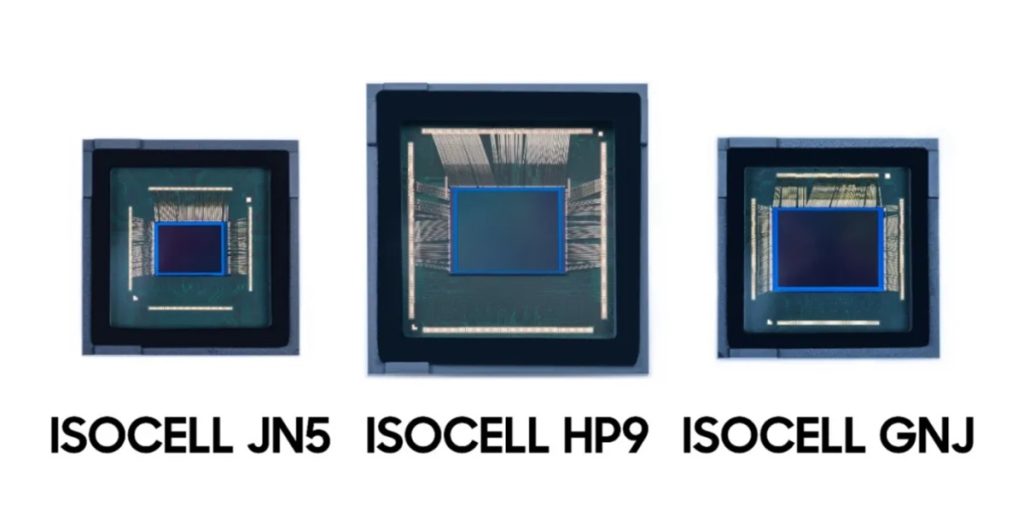
The ISOCELL HP9 is the industry’s first 200-megapixel telephoto sensor designed for smartphones, featuring a 1/1.4-inch optical format and housing 200 million 0.56-micron (μm) pixels. Samsung‘s proprietary high-refractive micro-lenses, made from new materials, direct more light precisely to the corresponding RGB color filters, significantly enhancing light sensitivity. Compared to its predecessor, the HP9’s light sensitivity has increased by 12% (based on a signal-to-noise ratio of 10), and its autofocus contrast performance has improved by 10%.
To address the common issue of low light performance in traditional telephoto sensors, Samsung employs Tetra²pixel technology, merging 16 pixels (4×4) into a large 12-megapixel, 2.24μm sensor. This enables the capture of clearer portrait photos even in dark environments, while also creating captivating bokeh effects.
The ISOCELL GNJ is a dual-pixel sensor with 50 million 1.0-micron (μm) pixels, and an optical format of 1/1.57 inches. It allows each pixel to accommodate two photodiodes, enabling rapid and accurate autofocus (similar to the way the human eye focuses) while capturing full-color information. This ensures quick focusing without compromising image quality.
The GNJ combines dual-pixel technology with in-sensor zoom functionality, delivering sharper images in video mode and high-resolution photos without artifacts or moiré patterns in photo mode. The newly improved high-transmittance anti-reflective layer (ARL), combined with Samsung’s proprietary high-refractive micro-lenses, enhances light transmission, reduces unnecessary reflections, and ensures that dark areas are not overly brightened, preserving image details for more accurate photos.
The ISOCELL JN5 features a 1/2.76-inch optical format with 50 million 0.64-micron (μm) pixels. It employs Dual Vertical Transfer Gate (Dual VTG) technology, supports Super Quad Phase Detection (Super QPD) autofocus, and enhances High Dynamic Range (HDR) through Dual Slope Gain (DSG) technology. The JN5’s ultra-thin optical format provides great versatility, making it suitable for both primary and secondary cameras, including wide-angle, ultra-wide-angle, front-facing, and telephoto cameras, ensuring a consistent shooting experience from various angles.
